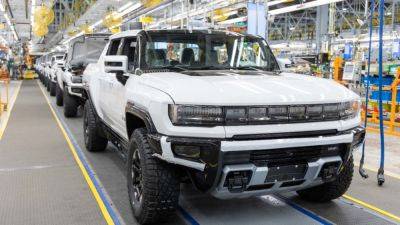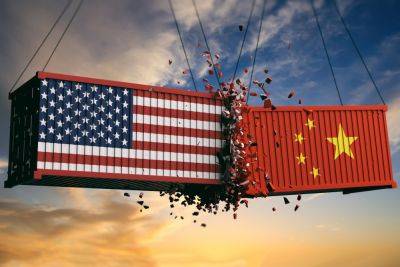Belt and Road Initiative 11 years on: are Southeast Asia-China economic ties still going strong?
Relations between great powers and their neighbouring regions are often fraught. The cases of the United States and Latin America, or the European Union and North Africa, come to mind.
For instance, tensions related to immigration from Latin America and North Africa, has led to the rise of right-wing populism in the US and Europe, respectively. This has fuelled the rise of populist politicians such as Donald Trump in the US and Marine Le Pen in France.
In China’s case, economic engagement has helped stabilise and strengthen its relationship with Southeast Asian countries, despite ongoing disputes in the South China Sea. One important facet of this engagement is the Belt and Road Initiative, which China launched 11 years ago.
Most of the Southeast Asian countries do not have the means to fund major infrastructure projects, resulting in an infrastructure deficit in the region. Chinese investments, including those of the Belt and Road Initiative, have thus become an important economic force in Southeast Asia. The reality is that very few economies have matched Chinese business groups’ appetite in pushing infrastructure projects, especially capital – and technology-intensive ones, which take a long time to produce returns. While other players have attempted to promote infrastructure building and other forms of cooperation in Southeast Asia, such as the EU’s Global Gateway, there is considerable room for improvement.
By contrast, Chinese firms have managed to deliver some of the most challenging projects in the region. Two recent examples come to mind: the Boten-Vientiane railway in Laos and the Jakarta-Bandung high-speed railway in Indonesia. The generally positive reception to these projects since their opening has likely






